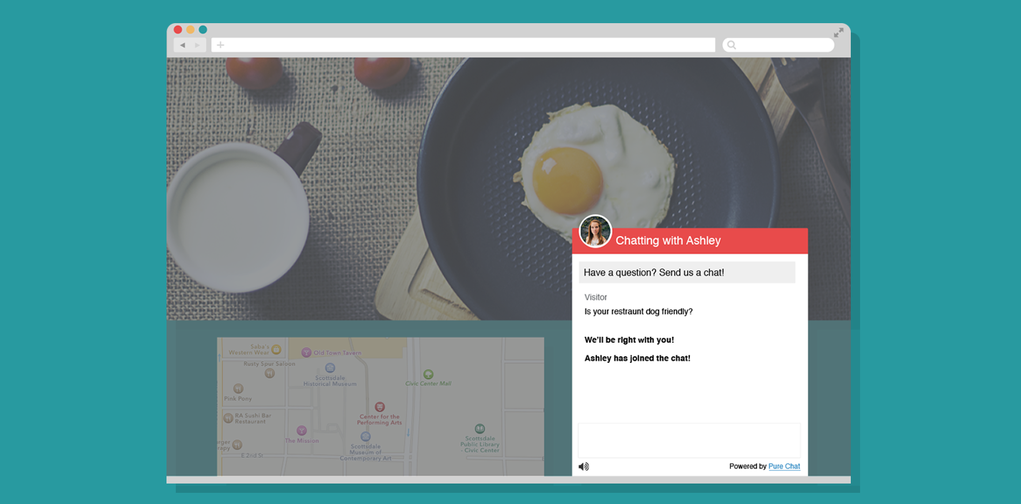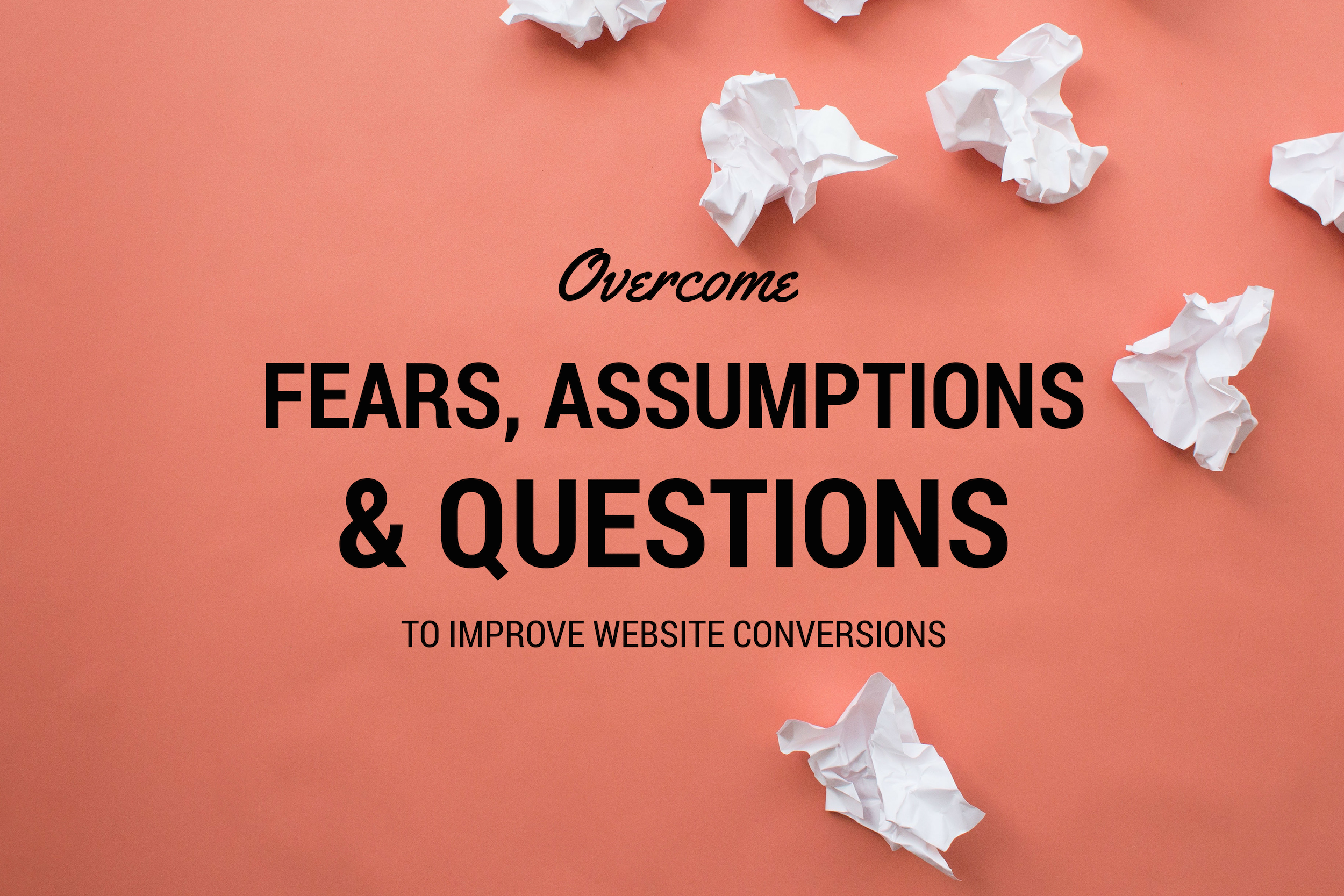The late great Zig Ziglar has a famous quote that states, “If you aim for nothing, you will hit it every time.”
Unfortunately, when it comes to the art of lead generation, this is how most small businesses approach it. Rather than get super clear about who they are targeting, they take a blanket approach and end up doing “hope marketing.” Not only does this result in a higher cost per lead, it also causes you to work harder than you actually need to.
My goal for this blog post is to help you stop hoping and start getting results from your lead generation efforts.
When people think of lead generation, they typically think about attracting and capturing leads in one way or another. They think of a web form on your website or a print ad telling people to call a specific number.
Before you can even get to those things, you must be abundantly clear on exactly who you are targeting. Otherwise, you’ll be aiming for nothing and not get the results you need.
This is an important first step because when you know your target, it will influence how you craft your marketing messages. You will know how to talk to people and what language to use.
Think about it for a second. Imagine you have a burger joint that sells the best hamburgers in the area. If you are advertising to vegetarians, it doesn’t matter how good your hamburgers are, they aren’t going to buy them.
Getting clear on your target also means you are getting clear on who is NOT your target. In that previous example, vegetarians are not your target. Hamburger enthusiasts are!
Getting clear on your target also means you are getting clear on who is NOT your target. Click To Tweet
How do you go about figuring out your target? There are a few different things you can do.
In general, you’ll want to ultimately construct a customer avatar. This is a demographic and psychographic breakdown of your ideal customer.
Demographics are easier to figure out. This is stuff like gender, age, highest level of education, etc. A great place to start is by looking at your existing best customers. Are they mostly men or women? Are they older or younger? What part of town do they live? Do they own a house or rent an apartment?
You’ll want to come up an “imaginary” person, an avatar, for these bits of information.
Going back to the burger joint example, after spending some time observing our best customers, maybe we come up with a guy we name Hamburger Harry. He is a male, between 18-35 who has a little bit of college education. Right there, even with those three targeting points, we can start to see how we can best talk to those kinds of people.
Let’s have a quick example and see if you can guess which language might resonate more with Hamburger Harry.
Imagine we have a direct mail flyer with a juicy picture of a burger, and the information of our restaurant. Which headline do you think would be more appealing to Mr. Harry?
“Bold burgers for a manly appetite” or “Artisan burgers for foodies.”
Now, while these aren’t stellar headlines, hopefully you can see that the first example would probably resonate with Hamburger Harry more. “Bold” and “manly” are words he would most likely use instead of “artisan” and “foodie”.
At this point, I want to point out that your product or service may have more than one target and that’s ok. If you discover that some of your best customers are moms between 35-60, that second headline might work better for them.
When doing lead generation though, it is important to only focus each message on one target at at time. Using this same example, if we identify two targets, we can create two direct mail pieces, one for each avatar.
Psychographics are a little more etheric. This is where you figure out data points about their personality, habits, behaviors, etc.
What kind of guy is Hamburger Harry? Is he trusting or skeptical? Does he eat out often or just on special occasions?
This is where you really start to get into the head of your target customers. Again, based on what psychographics you discover, you can construct a more emotionally appealing message. This can also help guide your lead generation offering.
Let’s look at two different psychographics for Mr. Harry. First, let’s assume he is the kind of guy that eats out often. In that case, a good lead generation effort may be a repeat business kind of offering. Say, a “Buy 5, get 1 free” burger punch card.
Conversely, if Mr. Harry only goes out to eat on special occasions, maybe offering a free ice cream would be a better lead generation tactic. Think about it: if he goes out on special occasions to celebrate, a free ice cream is a great cherry on top to his celebration.
Would either of those work? Certainly. But it isn’t until you are abundantly clear about your target’s behavior that you can intelligently choose the best kind of offering.
What can you do from here with this insight into the importance of targeting? Start by looking at your existing lead generation efforts. Look at your ads and marketing that have done well and compare them to efforts that didn’t. I’ll bet that the ones who did well are speaking to your (potentially unspoken) target better than the ones that didn’t.
Then, you’ll want to come up with at least one customer avatar as soon as possible. It will probably be a decent effort. You may not be able to figure it out in a few hours or a day. It may take weeks depending on how much customer data and research you have to do, and thats ok.
Feel free to go online and search for customer avatar/profile templates. These can give you an idea of the kinds of data points you’ll want to be looking for.
I’ll close with one of my favorite quotes from Abraham Lincoln. He states, “If I had eight hours to chop down a tree, I’d spend the first six sharpening my axe”. When you take the time to intentionally hone in on your target, your lead generation axe will be sharp and effective, so its definitely worth investing the time to figure it out. 🙂
When you take time to hone in on your target, your lead generation tactics will be sharp and effective. Click To Tweet
Do you have suggestions about how small businesses can generate more leads? Let us know in the comments!




![9 Ways to Show Customers You Love Them [Infographic]](https://www.purechat.com/blog/wp-content/uploads/2016/02/infographic-vday-02.jpg)

